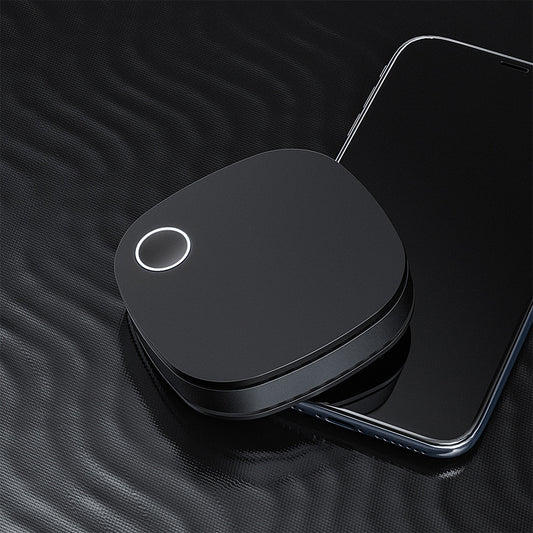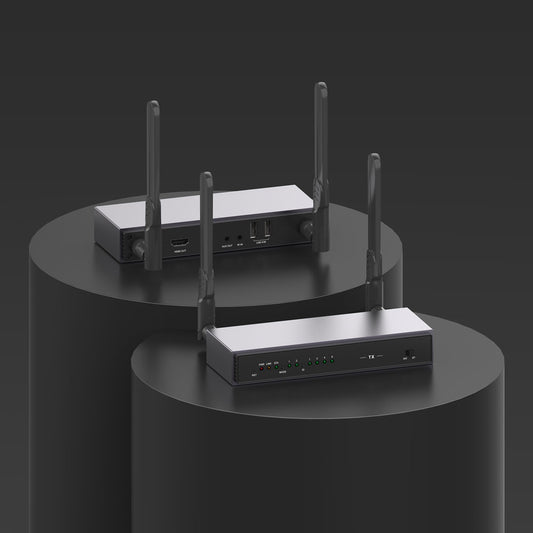
Why Do You Need a Dual Monitor Setup?
Millions of employees have tested their homes, apartments, and condos to determine where they can plug in their computers and what they need to stay comfortable, productive, and effective as work-from-home (WFH) arrangements become more common than not.
The majority of workers are aware that while working from a kitchen table or a couch may be convenient for a few days, they need a dedicated workspace that meets their needs in order to be productive over the long run. The desktop display is one significant piece of technology that can matter in this regard. Utilizing two monitors can often help you acquire a large enough visual area for tasks that call for active multitasking.
With a dual monitor setup, you can view more screens and work more effectively. However, a high-quality display could come at a hefty price premium. What are the true advantages of a dual-screen setup, and should you purchase an additional monitor? You can discover the answer on this blog.
Dual Monitor Advantages
The use of two monitors has various advantages. Despite the apparent boost in productivity, this kind of configuration might benefit your computing experience in other ways as well.
Laptops are compatible with dual-monitor setups.
Dual monitors have the huge benefit of being compatible with laptops and portable electronics. The relatively small screens on laptops might make working on them more difficult. But when you just attach a second monitor, your workspace is more than doubled. Even better, you can use a docking station to cast the screen of your phone onto a second monitor while working from your mobile device.
Set your desktop in order.
With dual monitors, your desktop effectively doubles in size, which clears up space on your screen. Have you pinned a lot of programs and documents to your desktop? To free up some of the areas they occupy, you can shift some of them to the second screen. The extra space makes it simpler to maintain organization.
They Boost Productivity.
With twice as much screen real estate, you might assume that distractions would be easier to come by. But the truth is just the reverse.
When there are delays in our work, we become distracted. You may have everything drawn up and visible simultaneously with two displays.
As a result, there is no need for you to switch between tabs or sort through files. You won't have to take breaks while working.
They're easy to utilize.
Considering all of the benefits that dual monitors may offer, they are really simple to utilize.
Simply dragging a window or application from one screen to the next will move it from one display to the next. After the first setup, the computer will know which apps you want to launch on each monitor because most applications often remember which monitor you use them on.
What drawbacks can there be to using two monitors?
There are several drawbacks to employing two monitors in addition to the above-mentioned advantages. Consider the second monitor's cost first before anything else. You might have to pay several hundred dollars for a cheap monitor, which is a significant additional sum of money. Spending time coordinating monitors, or at the very least ensuring that two monitors can output video at the same frame rate and resolution, may also be important.
Space is the second issue. You'll need twice as much desk space if you add another screen. You won't mind if your desk is enormous. However, a packed desk can be bothersome for most people who work from home, let alone a keyboard, mouse, or other USB devices that you wish to connect to your computer and also put on the desk.
Conclusion
In general, how frequently you use your home computer and what you use it for will determine whether you should buy a second monitor. If you are a moderate-to-heavy computer user, getting a second monitor is highly recommended because of the convenience and multitasking power it provides. By combining a dual-screen setup with the top USB peripherals for your home office, you can easily set up a productive workplace in the comfort of your own home. A second monitor may not be necessary if you only use your computer sometimes because it can be expensive and you won't get the best value for your money.
If you work on a laptop, a second screen is also a smart decision. The majority of the best laptops come equipped with an HDMI connector that enables you to connect a second screen, expanding your workspace in contrast to a very compact device.








